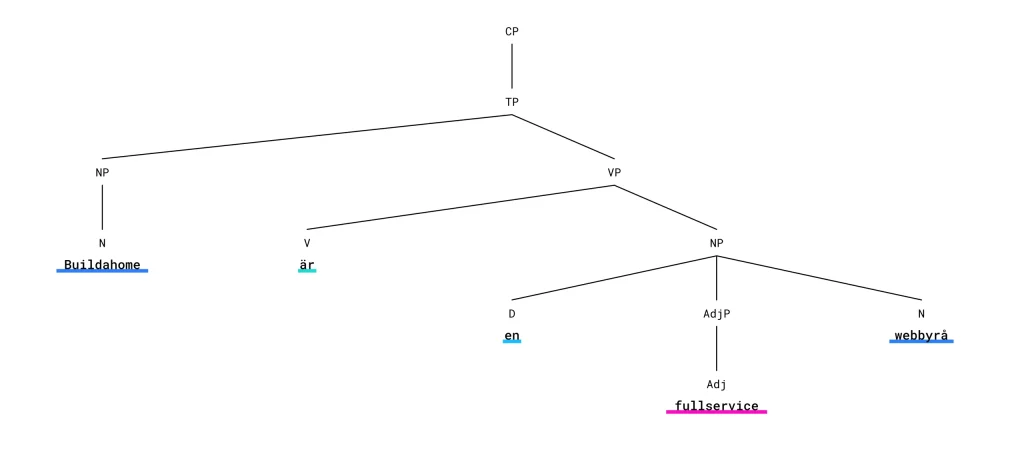Visual Identity
Our expertise in color schemes, typography, logos, imagery, and visual guidelines ensures a cohesive and professional visual identity that strengthens your brand.

Experter på allt inom design
User Experience (UX)
UX (User Experience) is all about the user’s experience and how easy, efficient, and satisfying it is to interact with a digital service or product. Good UX design focuses on the user’s needs to create a smooth and intuitive experience.
User Interface (UI)
A user interface (UI) is the visual and interactive part of a digital product that enables user navigation and interaction. It includes elements such as layout, color scheme, typography, icons, and buttons to create an intuitive and visually appealing experience. A well-designed UI enhances usability and reinforces the brand’s digital identity.
A visual identity is the backbone of your brand’s appearance. It includes the rules and guidelines for how your company should be visually represented – from colors and logos to typography and imagery. It’s essential for creating consistent communication, which builds recognition and trust with your target audience.
A cohesive visual identity makes your brand appear professional, credible, and easy to recognize across different platforms – both digital and print. In a competitive landscape, a strong visual identity is crucial to stand out – especially on the web, in social media, and in advertising.
A visual identity consists of several key elements that together create a consistent design experience:
-
Color Scheme: Primary and secondary colors with hex/RGB codes.
-
Typography: Chosen fonts for headings and body text, along with usage guidelines.
-
Logo Usage: Different logo versions, clear space rules, and minimum sizes.
-
Imagery Style: Guidelines for photos and illustrations – e.g., minimalist, realistic, or playful.
-
Graphic Elements: Icons, patterns, and shapes that reinforce the brand’s expression.
-
Usage Guidelines: Examples of correct and incorrect use to ensure consistency.
Visual identity is the overall look and feel of your brand as it’s seen and experienced visually. It includes everything from colors, typography, logos, and layout to the tone of imagery and graphic details. It’s the visual component of your brand identity – the part your audience immediately sees and recognizes.
A well-crafted visual identity creates a consistent thread throughout all communication and strengthens brand positioning. It influences how people perceive your business, how memorable it is, and how it stands out from the competition. So, it’s not just about aesthetics – it’s also about strategy and long-term brand building.
A brand manifesto is a documented summary of a brand’s purpose, values, personality, and visual expression. It serves as a guiding document both internally and externally. In addition to visual guidelines (logos, colors, typography), a brand manifesto often includes:
-
Tone of voice and communication style
-
Core messaging and brand storytelling
-
Mission and vision
-
Examples of application across different channels
The goal is to ensure the brand is communicated consistently, no matter who creates the content or where it’s published. This is especially important for growing companies or those with multiple communicators, agencies, or marketing teams.
Our process
Analysis
Design
Development
Service & maintenence
Here’s how we can help you
Design
We design visual identities, logos, and websites.
E-commerce
We develop e-commerce solutions that rank well and boost conversions.
Search Engine Optimization (SEO)
We make sure you appear at the top of search results, multiplying both traffic and conversions.
Ads
We create engaging ads with high click-through and conversion rates.
Conversion Rate Optimization (CRO)
Do you want your website to be more conversion-focused and user-friendly? We run A/B tests, implement heatmaps, and optimize your site to reach its full potential.
Service/Hosting
We ensure your site is free from bugs and secure against external threats.


